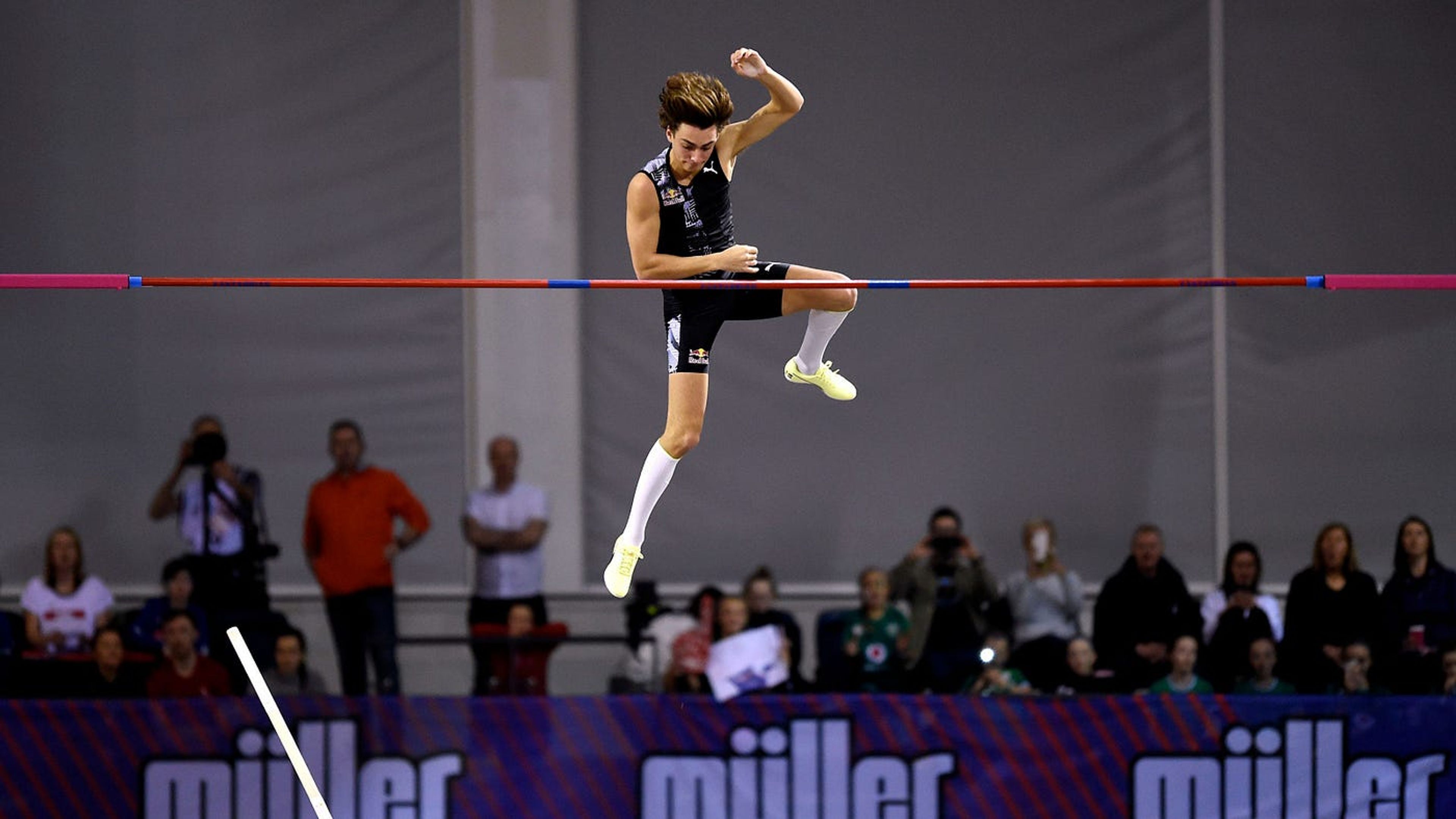A Comprehensive Guide to Selecting a Pole Vault Pole
Unlock the secrets of pole vaulting success with our guide on selecting the perfect pole vault pole, tailored for athletes at every level.
Understanding Vaulting Poles
Pole vaulting is a sport that combines speed, strength, and courage—or as some might say, a touch of "crazy." It's a thrilling event that sees athletes launching themselves into the air with the aid of a bendy pole, often made of fiberglass or carbon fiber. The process of selecting the right pole vault pole, however, is more art than science, influenced by a myriad of factors including the athlete's handhold, takeoff speed, direction of takeoff, and even weather conditions. It is common for a pole vaulter to use three to five poles during a single competition, and pole vault poles are not cheap! This guide aims to demystify the process, offering a starting point for athletes and clubs without access to specialized coaching.
How Are Vaulting Poles Rated?
Vaulting poles are primarily rated by their ability to bear weight (loading) and the height of the handhold. Poles come with etched markings indicating the length, flex, and other data. They come in various lengths, typically 10’ to 16’, and are designed to accommodate a range of body weights. The general advice is to start with a pole rated to your bodyweight or slightly higher, though beginners and female athletes might need adjustments. The lower the flex number, the more stiff a pole is. The grip is crucial, with poles designed to bend through 90 degrees without overloading. If you’re overbending the pole, you need to raise the weight limit or lower your grip.
What is the Best Vaulting Pole for a Beginner?
Beginners should start with a straight, stiff pole heavier than their bodyweight to master initial drills without bending the pole. The pole vault pop-up drill is recommended for young beginners, which facilitates learning run, takeoff, and swing-up techniques without a bend. As athletes progress, moving to a pole at their body weight or slightly higher is advisable to get a feeling for how it will bend.
How Long Should a Pole Vault Pole Be?
The appropriate pole length varies based on the vaulter's height, experience, and technique. A rough guide correlates handgrip height to pole length, ensuring athletes can safely and effectively use the pole.
The Impact of Handgrip on Pole Selection
The handgrip significantly influences pole selection. Adjusting the grip within the recommended range can alter the pole's stiffness and bending behavior, affecting the vaulter's ability to bring the pole to vertical and ensuring a safe landing.
When to Change Your Vaulting Pole
Vaulters need to consider changing their pole when they find themselves landing too deep, or too close in the landing area, or when their handhold is at the top of the grip range. Deciding between a longer or stiffer pole depends on the athlete's power during takeoff and the pole's performance over time.
Storing Vaulting Poles
Proper storage is crucial to maintain the pole's integrity. Keeping poles in their plastic sleeve and hard tube, either upright or on a solid flat surface, prevents damage and preserves their natural bend.
Essential Accessories
Key accessories include protective wraps to prevent damage and ensure safety, carry bags for transportation, cloth athletic tape for grip enhancement, and grip products for the athlete's hands.
Conclusion
Choosing the right pole vault pole is a nuanced decision that impacts an athlete's performance and safety. By considering factors such as body weight, experience, and the specific characteristics of different poles, vaulters can find the equipment that best suits their needs. Remember, the guidance of an experienced coach is invaluable in this process, but this guide serves as a foundational resource for those embarking on their pole vaulting journey. For a comprehensive selection of vaulting poles and further assistance, don't hesitate to explore our range and consult with experts to find the perfect match for your pole vaulting ambitions.



